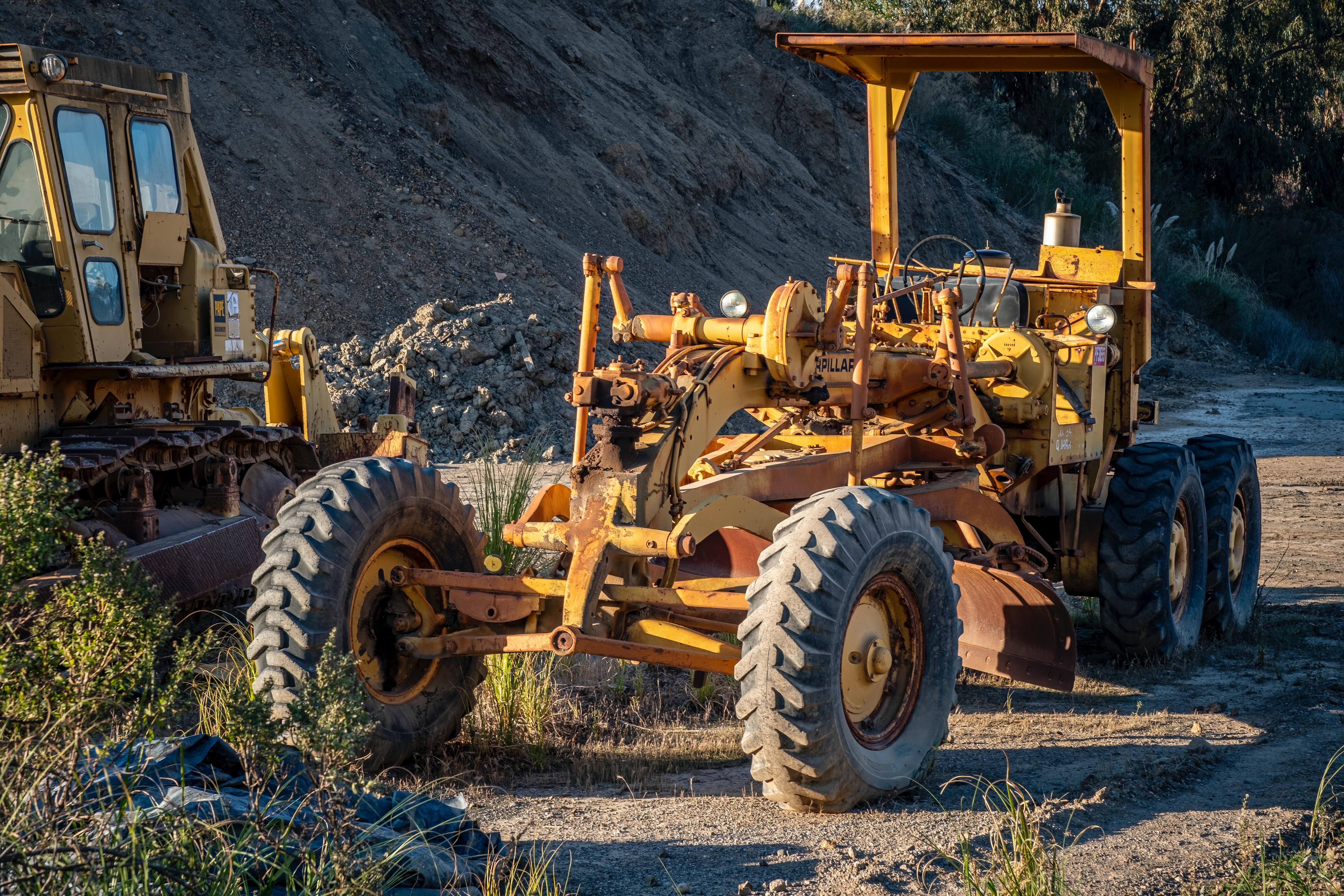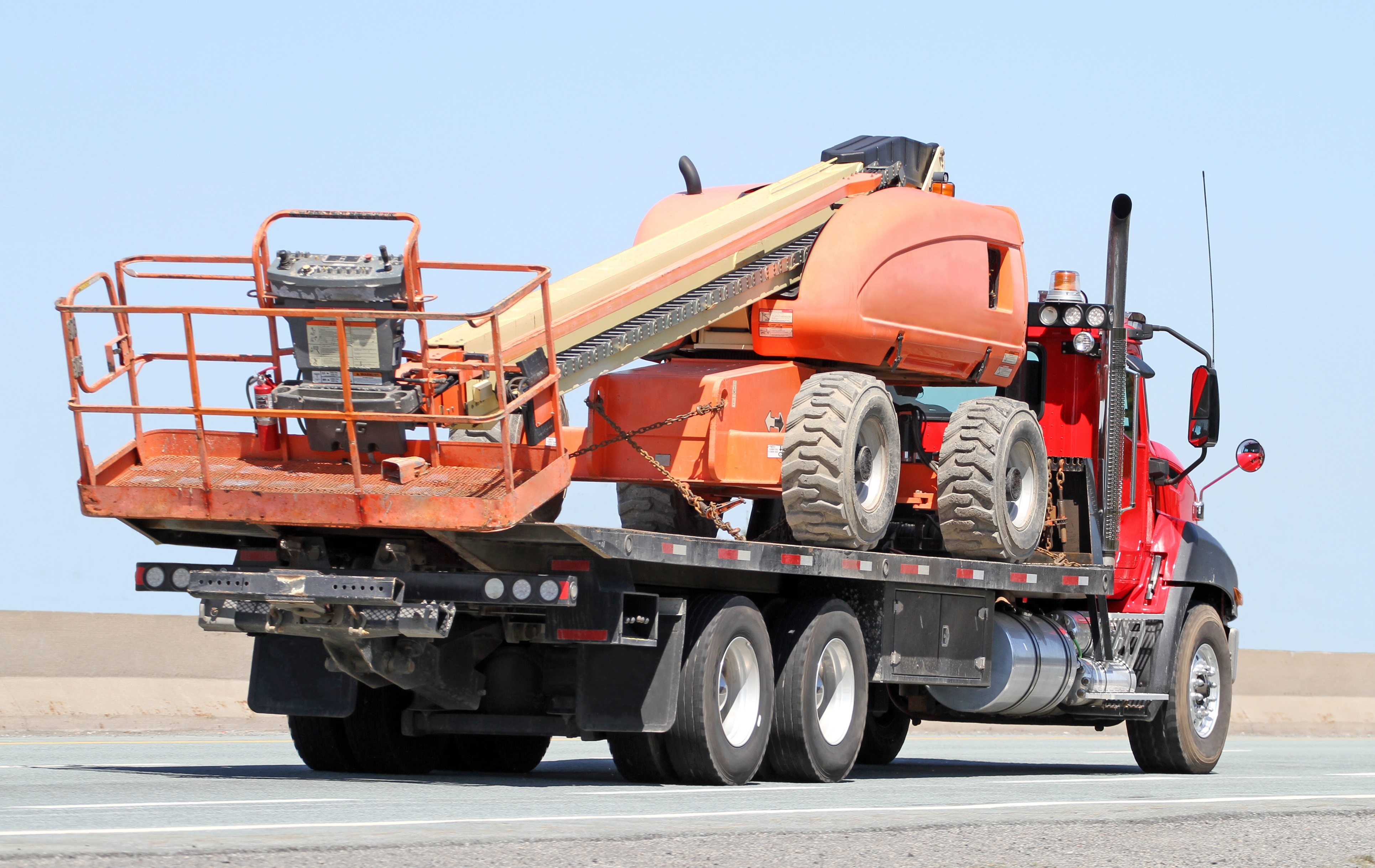Using Ancillary Fees to Boost Your Rental Revenue
Ancillary fees are a common way for equipment rental companies to increase their bottom line. Every time you put a machine on rent, your sales team has several opportunities to capture additional revenue – be it through damage waivers, add-on sales, transportation charges, or other related fees.

Why Use Ancillary Fees?
It may seem more straightforward to simply roll your add-on fees into your list rates. However, bundled rates don’t look as competitive in comparison to un-bundled pricing.
Of course, the last thing you want to do is nickel and dime your customers. (This is especially important when you’re an independent company that competes with national chains by providing a better customer experience.) However, there are many scenarios where optional ancillary fees work to your customers’ benefit. Those are the situations you’ll want to highlight.
For instance: position your loss damage waivers as protecting renters from the full cost of a replacement in the event the machine is stolen from the jobsite, and excess usage fees as a way to keep costs fair when the customer only plans to rent your equipment for a small-scale job.
How Ancillary Fees Impact Your Accounting Efforts
Separating ancillary fees from base rental rates can make taxes simpler for your accounting team. Because you don’t tax rental equipment the same way you tax sales items or labor, separating out ancillary charges lets you more easily charge the correct taxes on each portion of a customer’s rental.
In some cases, you may work out agreements with certain customers to not charge specific fees, such as environmental fees. (This can be a helpful way to win repeat business from your most valuable strategic accounts.)
If you’re using an equipment rental ERP like InTempo, you can make a note in each customer’s master file to not charge them certain fees. From there, your rental coordinators and sales reps can make sure each contract adheres to the billing terms.
Rental software also makes it easy to set up different tiers for different charges. InTempo lets you set up certain miscellaneous charge items with separate tiers for regular pricing, preferred pricing, and dealer pricing.
If you want to incentivize your sales reps to promote certain ancillary fees, such as loss damage waivers, you can also use your rental software to make certain these are commissionable. This increases the chances that they remember to offer each option to the customer with an explanation of the benefits.
Which Ancillary Fees are Most Common in the Equipment Rental Industry?
Rental Protection Plan (RPP) / Loss Damage Waivers (LDR)
Damage waivers are one of the most common ancillary fees for equipment rental companies. These waivers limit the customer’s liability for loss or damage that is outside of their control – i.e., a machine that’s stolen from the jobsite or damaged in a severe weather event. (Remember that damage waivers doesn’t cover damage due to negligence or misuse. Typically, the charge is between 10 and 20 percent of the equipment’s list rate.
Damage waiver – while similar to insurance – is not insurance, so it’s important to make sure your terms and conditions are clear. We recommend reviewing any damage waiver terms with your legal department and/or insurance company before setting them up.
Equipment Rental Environmental Charges
Any time you dispose of hazardous materials such as lubricants, solvents, or batteries, you have to do so in an environmentally appropriate way. Environmental charges can help you recoup the costs associated with recycling, transportation to and from a landfill, and the labor involved with waste management.
As far as environmental fees, flat-rate or percentage-based charges are both common. You can look at historic data to determine which approach would most effectively cover your costs. (Another word of caution here: be careful not to call environmental charges EPA charges, as you aren’t passing those funds through to a regulatory agency. Here too: if you have questions, be sure to consult your legal department.)
Equipment Rental Transportation Charges
Every time you deliver equipment to a customer’s jobsite, it costs you time (dispatching, driving) and money (fuel, wear and tear to your vehicles). A transportation management system can help you reduce some of these costs, but transportation surcharges can help you recover some of the remaining expenses.

A flat delivery fee is the easiest approach. However, closer customers may pay more than they need to pay, while customers with further-away jobsites may not be paying enough. Mile-based surcharges tend to be more fair – both for you and the customer.
Unfortunately, mile-based transportation charges don’t cover the cost of your drivers’ time if there’s a holdup with the delivery. Charging for idle time can help in these situations, but may not be worth the strain they could place on your relationship with the customer. Instead, you might consider other ways to speed up common delivery-related roadblocks, like capturing electronic signatures via email if the customer isn’t on site to sign right away.
Rush jobs, of course, are another matter entirely. If you need to deliver a machine before or after normal business hours, an extra transportation charge is more than fair. Similarly, you may want to consider cancellation fees if your driver is already on the road and the customer requests that you change the drop-off location or reschedule the rental for another time.
Ancillary Product Sales
Add-on sales can be a great source of additional revenue.
Renting out a sander? Sell sandpaper.
Renting out a wood chipper? Sell anti-vibration gloves and safety glasses.
Stocking ancillary products doesn’t just help you add a few extra dollars to your transactions; it delivers a more convenient experience for the customer. You’re saving them an extra stop at the hardware store and consistently thinking a step ahead. It’s an easy way your rental business can become a trusted advisor that keeps your customers’ most critical projects moving forward.
Of course, you don’t have to just put a few items in your storefront and hope your sales rep remembers to offer up these options; you can create automatic recommendations in your rental software to simplify the process. If there’s a combination of commonly bundled items (just like Amazon’s “customers also bought” box), you can even set them up as a pre-packaged kit to save everyone a little more time.
Equipment Rental Fuel Surcharges
Selling fuel is an easy way to increase revenue on your heavy/construction equipment rentals. Jeff Loomis, InTempo’s Director of Business Development explains a few options:
“Some of our customers charge a flat rate per gallon; others get more specific and charge by 1/10-gallon increments. It’s up to you how specific you’d like to be, but as the prices YOU pay fluctuate, make sure to update accordingly in your ERP.
There’s also the option of pricing fuel ‘services’ separately. For instance, if you’re willing to bring a fuel bladder out to the customer’s jobsite, you can charge for the fuel as well as the delivery. Some contractors will be more than happy to pay for the convenience to keep their jobs on schedule.”

Equipment Rental Usage Fees
Not all rentals are created equal! A customer who runs a machine for fours hours in a day puts it through much less wear and tear than a customer who runs it for 12 hours straight.
Usage-based surcharges help you account for variances in wear and tear. For instance, you may wish to charge for consumables based on measurable usage (e.g., tire and tread depth or millimeter usage on blades or teeth). Or, you may want to use telematics data to know how long a particular machine was run and bill the customer accordingly.
Whichever approach makes more sense for your business, documentation is critical. Exact measurements at delivery – then again at pickup – reduce any doubt and prevent billing disputes.
As far as setting up these ancillary fees? The easiest way to implement the charge is to set up individual units of measure (such as run hours) as a standalone sales item. When you update the customer’s final invoice, you can add the total number of hours that were used on top of your base rental rate. Alternatively, you can set up double-shift (16-hour time blocks) or triple-shift billing (24-hour time blocks) and round up accordingly.
Equipment Rental Cleaning Charges
Construction equipment isn’t meant to be returned in pristine, floor-model condition … but if a customer returns it in a way that requires multiple hours of labor to get it back to rent-ready condition, an additional cleaning fee is more than fair. Be sure to document your policies to clarify what constitutes “normal wear and tear” vs “excess wear”, factoring in the costs of your cleaning materials and your technicians’ time. Of course – if the machine is returned with damage that’s not part of normal use (e.g., with broken glass or a missing accessory – you can document the damage and bill separately for the full repair.)
Use Your Rental Software to Make the Most of These Ancillary Fees
Setting up surcharges requires a bit of up-front effort – but the resulting revenue more than makes up for it. The process is easiest when you have a flexible ERP that lets you set (and update!) add-on fees at the customer and the category/class levels. Alternatively, if your team doesn’t have the time to configure each individual fee on your own, you can work with your vendor’s Professional Services team to simplify the process. This is where it can be especially handy to work with a software vendor who can walk you through industry-wide best practices for add-on fees and billing.
Interested in seeing how ancillary fees work in InTempo? Request a demo from our team.
 Faith Kubicki
Faith Kubicki

